To people with complex mental health needs and on waiting lists for services
Interested in our initiative? Submit your email to receive an invite to the alive collective.
Menu
Interested in our initiative? Submit your email to receive an invite to the alive collective.
To people with complex mental health needs and on waiting lists for services

A SPECIAL THANK YOU TO THE ALIVE NATIONAL CENTRE CO-DESIGNERS AND COMMUNITY PARTNERS WHO SHAPED THE FINAL SERVICE MODEL
Short Piece Written by Dr Jennifer Bibb, Prof Victoria J. Palmer
Visual Design Technical Support by Dr Caroline Tjung
The new SANE guided service model combines a range of digital and telehealth supports, tailored to the needs of people affected by complex mental health issues. The service connects participants to a support team of mental health professionals (across lived experience and mental health counselling) and provides connection, community and continuity of support. It was co-designed with people with complex mental health needs.
The model was launched in early June 2022 with the new SANE brand that signals a bold and colourful new vision for the organisation. The ALIVE National Co-Design Living Labs Network could not have been prouder to have worked alongside SANE, and the product design agencies involved in digital design, development and implementation. There were 62 people with lived-experience of ongoing distress mental ill-health who engaged in co-design for this new service model. The co-design conveners for this project were Jennifer Bibb, Phillip Orcher and Victoria Palmer.
WHAT DID ALIVE NATIONAL DO?
SANE is a founding partner of the ALIVE National Centre for Mental Health Research Translation and together the two organisations are committed to the implementation of innovative models for mental health service delivery to improve experiences of care, reduce system fragmentation and to address the ongoing challenges of stigma. The new digital service model reflects an innovative model with lived-experience at the heart – this is expressed in the final Conceptual Design in Figure 3 below.
From July 2021 to November 2021, the ALIVE National Centre and SANE partnered through the Co-Design Living Labs Network and worked with co-designers (the term we use to refer to members in our Co-Design Living Labs program and people who co-design new models, technologies or innovations) to convene 18 co-design sessions, with 62 people from different target populations. There were 33 co-designers with lived experience of ongoing distress and mental ill-health who shaped the digital service model, including people who identified as being from culturally and linguistically diverse backgrounds. Additional co-designers included Aboriginal and Torres Strait Islander people, young people, and following the preferred language of co-designers we held sessions with autistic people and disabled people.
The Co-Design Living Labs network employs an experience co-design method and fosters community-led approaches in its work – this model has been developed with people with lived-experience of mental ill-health since 2017. The approach and process is applicable across all health care settings and can be used for all health problems, service innovation and digital health challenges.
The Co-Design Playback Figure illustrates the processes for co-design that were undertaken for the SANE model. When we co-convened with the Council for Intellectual Disability (thank you David!) and recruited people in partnership with Autism Awareness Australia and Batyr all the processes were adapted to ensure community fit. This included the ALIVE National Centre lead for mob co-design Phil holding conversations with Aboriginal people.
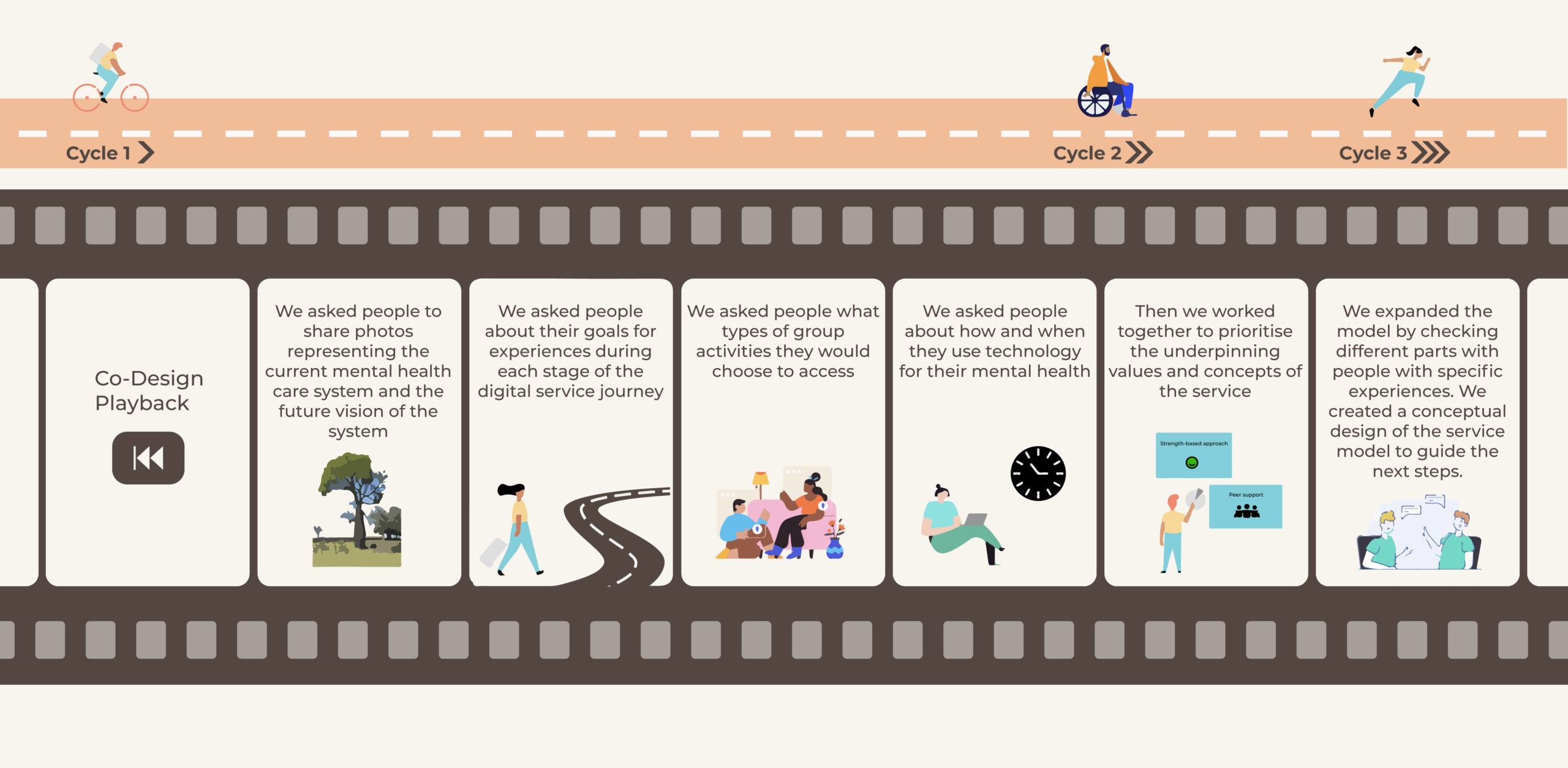
WHAT DID WE LEARN?
We learnt a lot about what people were looking for in a digital based service model. We learnt that people want a culturally safe service that is trauma informed, where personal stories and information is gathered ahead to inform the first encounter, and people receive a warm welcome. This welcome, for the majority of people, is preferably from someone with lived-experience (who has either read or heard their story ahead).
We heard that the welcome should be found on a strengths-based model and the overall service should reflect recovery oriented language. Clear navigation and communication throughout the service journey was important, including following up with people regularly to get into the supportive pathway. Tailoring everything according to people’s needs, involving family and carers where desired and possible, and consistency and flexibility were also key experiential goals. There were differences between some groups though in terms of who might deliver a warm welcome or provide ongoing navigational support. To set the scene for co-design and warm up, co-designers imagined the future state of the mental health system using photos. Some people shared photos ahead (auto/self generated) and others selected from pre-identified (prompts) photos (stock images).
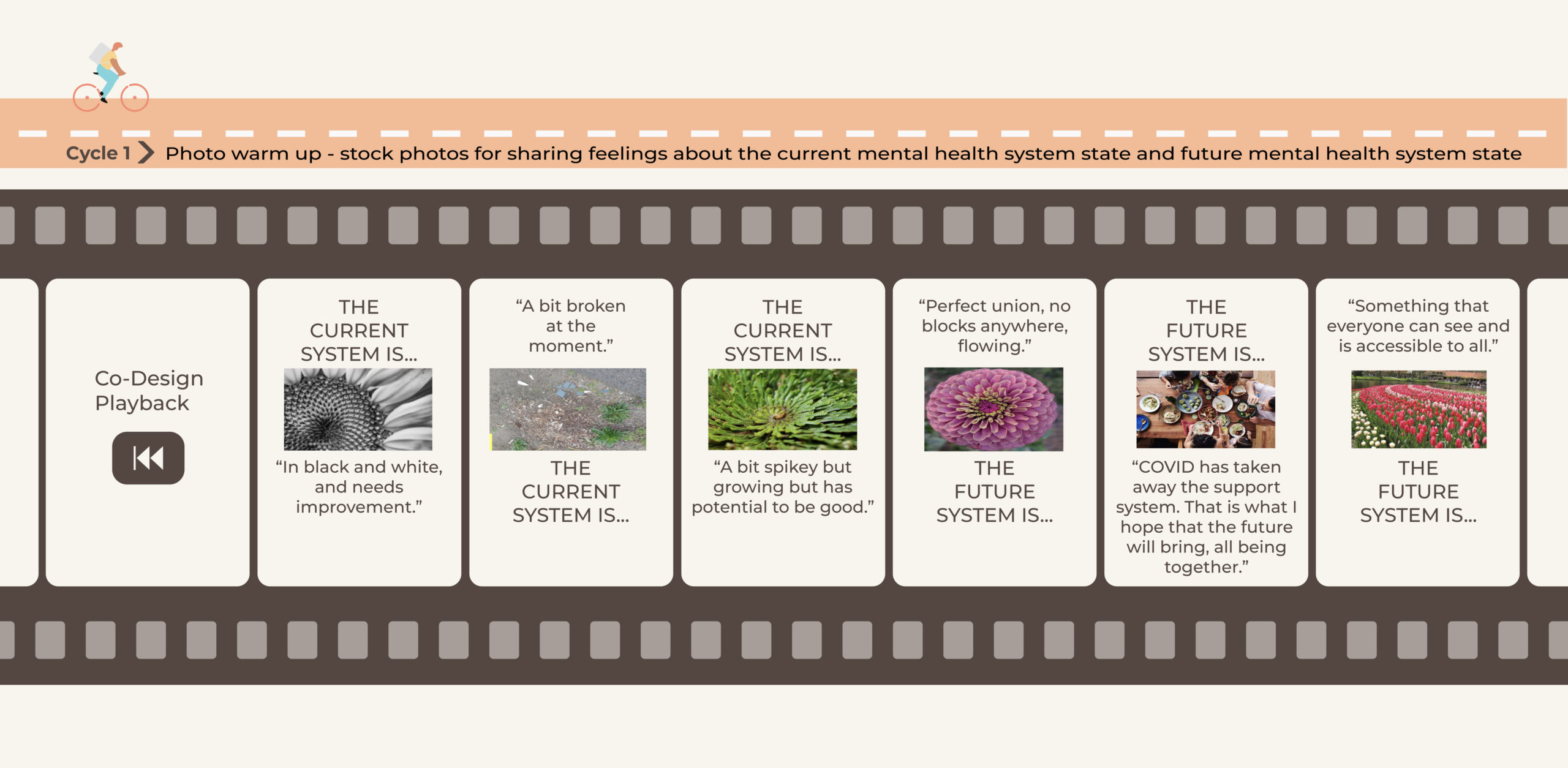
Figure 2: Photo images selected in the warm up to share feelings about current mental health care system and vision future state.
We also heard about the barriers people experience to engage in digital service models and there was a lot of discussion about the sort of online groups that people might like to take part in. This valuable information was gathered with co-designers using ‘A Day in the Life’ activity to understand technology uses. The co-design team developed different personas from collective information that was shared and shared this information in two interdisciplinary co-design workshops with SANE staff and stakeholders. The ALIVE National Centre for Mental Health Research Translation provided SANE and the digital partners FOLK with the following conceptual design to inform future stages.
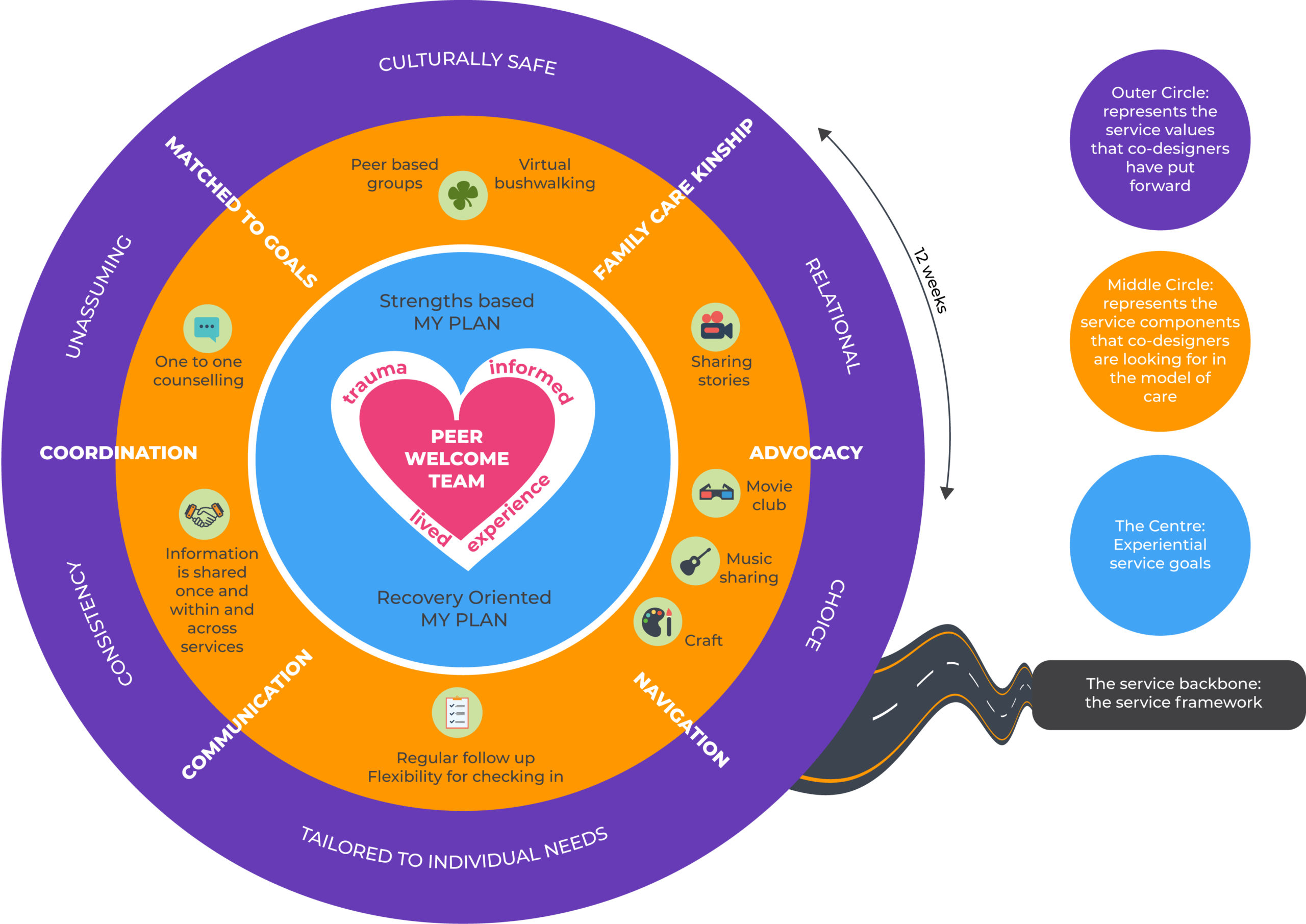
Figure 3: Conceptual design for SANE’s digital service model for people with complex mental health needs co-created with 62 co-designers from July-October 2021.
WHAT HAPPENS NEXT?
The service model is now available and being piloted Australia-wide during 2022-2023 through PHNs (Primary Health Networks).
The ALIVE Mental Health Research Virtual Café Translation Conversations #5
Read moreRoles available: Lead Groups for The ALIVE Lived-Experience Research Collective
Read moreTo people with complex mental health needs and on waiting lists for services
Read moreFind out more about the noticeboard feature and how to contribute
Read moreThe ALIVE National Centre’s writer-in-residence program has launched
Read moreThe ALIVE Mental Health Research Virtual Café Translation Conversations #4
Read moreImproving Recovery, Capacity Building and Wellbeing – 20-21 February 2023 at International Convention Centre Sydney
Read morePresentation by Dr Michelle Kehoe and Dr Rick Whitehead at Child & Adolescent Mental Health Conference
Lived-experience researchers from a range of backgrounds joined forces to present a Lived-Experience event at La Trobe University
Read moreIn 2022 we are starting our virtual café series where we will have monthly presentations.
Read moreThis Special Issue will focus attention on the challenges across these sub-sectors and identify appropriate evidence-based leadership practices
Read moreThe NMHC have launched the National Lived Experience (Peer) Workforce Development Guidelines on Wednesday 1 December 2021
Read moreEditorial perspective on principles and recommendations for working with children and parents living with parental mental illness
Read moreThe ALIVE Centre is building on our co-design work with Carers Victoria with a new impact evaluation project
Read moreThe roadmap is a guide for the Centre on ‘Where are we now?’ ‘Where do we want to go?’ and,’How will we get there?’ in mental health research translation in the primary care and community settings.
Read moreThe ALIVE National Centre is funded by the NHMRC Special Initiative in Mental Health.
We acknowledge the Traditional Custodians of Country throughout Australia and recognise their continuing connection to land, waters and sky. We pay our respects to their Elders past, present and emerging. We are committed to working together to address the health inequalities within our Aboriginal and Torres Strait Islander communities. The Uluru Statement from the Heart is a fundamental driver of our research, education program, and commitment to equity and access.
This map attempts to represent the language, social or nation groups of Aboriginal Australia. It shows only the general locations of larger groupings of people which may include clans, dialects or individual languages in a group. It used published resources from the eighteenth century-1994 and is not intended to be exact, nor the boundaries fixed. It is not suitable for native title or other land claims. David R Horton (creator), © AIATSIS, 1996. No reproduction without permission. To purchase a print version visit: https://shop.aiatsis.gov.au/
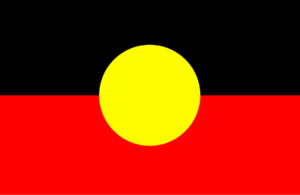
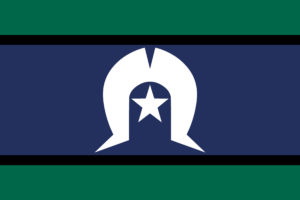

The ALIVE National Centre for Mental Health Research Translation is funded by the National Health and Medical Research Council (NHMRC) Special Initiative in Mental Health Grant APP2002047.
ALIVE Next Generation Researcher Network Application Form Click here
For University based research higher degree students, early/mid-career mental health researchers
ALIVE Lived Experience Research Collective Application Form Click here
For University and community based lived-experience or carer-focused mental health researchers at all career stages
ALIVE Collective Application Form Click here
For any individuals or organisations with a general interest in supporting the special initiative in mental health
ALIVE Implementation and Translation Network (ITN) Application Form Click here
For sector, service delivery organisations in mental health serving people across the life course and priority populations
If you have a general enquiry about The Alive National Centre for Mental Health Research Translation, please submit an enquiry below
Not a member of the ALIVE National Centre? Register now